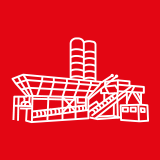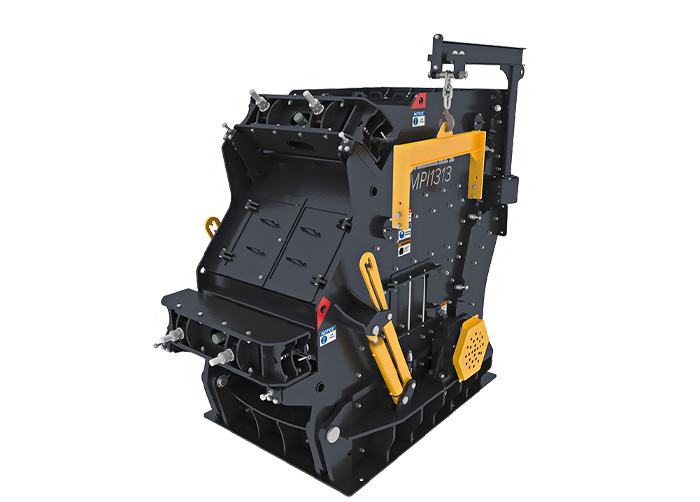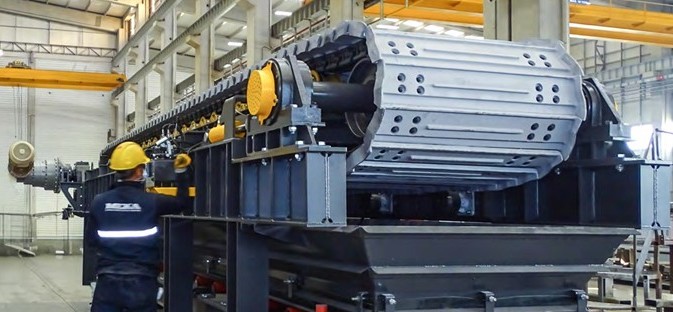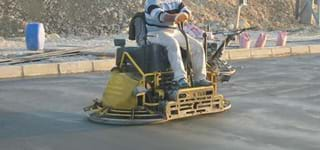Roller Compacted Concrete (RCC) and Dam Projects
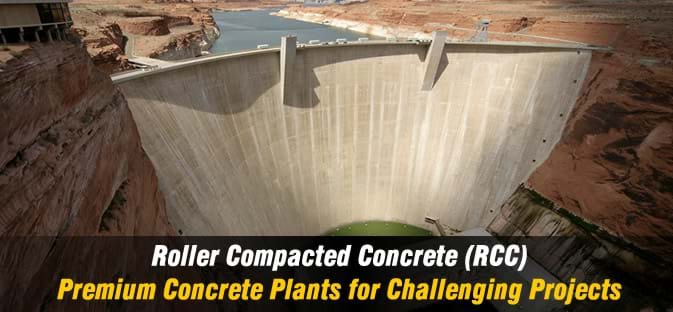
What is Roller Compacted Concrete (RCC)?
What is Roller Compacted (RCC)?
RCC has essentially the same components like any otherbut with different ratios with partial replacement of cement by fly ash and much less amount of water. The mix is very dry and has 0 slump, which makes it harder to mix and it requires prolonged mixing cycles and more powerful and robust mixers to be used. It is impossible to transport it with a mixer truck so the mix is normally discharged to a dump truck and for the same reason it can only be paved and after that compacted with a heavy vibratory on non-vibratory roller cylinder.
Most of the time, a structure made of RCC has no joints, no formwork, no finishing and no any type of steel reinforcement which makes it rather economical for used areas. Its rigid physical properties and low costs make it one of the most used materials in construction of the gravity dams and other heavy industrial applications.
RCC dams can be classified in 3 categories:
Lean RCC Dams with less than 100 kg/m³ of cement and cement-like binding materials.
Medium Paste RCC Dams with 100-149 kg/m³ of cement and cement-like binding materials.
Hard Paste RCC Dams with more than 150 kg/m³ of cement and cement-like binding materials.
Advantages of RCC and RCC Dams
Low unit price: RCC materials are relatively cheap and flexible ratio of the mixture contents together with high construction speed make RCC dams a valuable alternative for different dam projects.
Better workability:
Reduced cementitious content and the ease of placement and compaction leads RCC dams to be built in way that is more economical. On the other hand, a big advantage of RCC dams compared to the embankment dams comes from constructing the spillway into the dam body rather than having separate excavation and structure.
Speed of construction: Having better workability, RCC can be placed faster bringing together 3 main advantages: early operation of the facility, reduced risk of flooding and the corresponding minimized requirements for the diversion structures and cofferdams. At this point, the quality of the plant and its continuous operation plays it important role. RCC placement should be as fast and continuous as possible in order to maintain structural integrity and high joint quality. Aggregate supply and loading, plant location, transportation, paving and treatment must be adjusted according to the speed of the plant and RCC placement rate.

